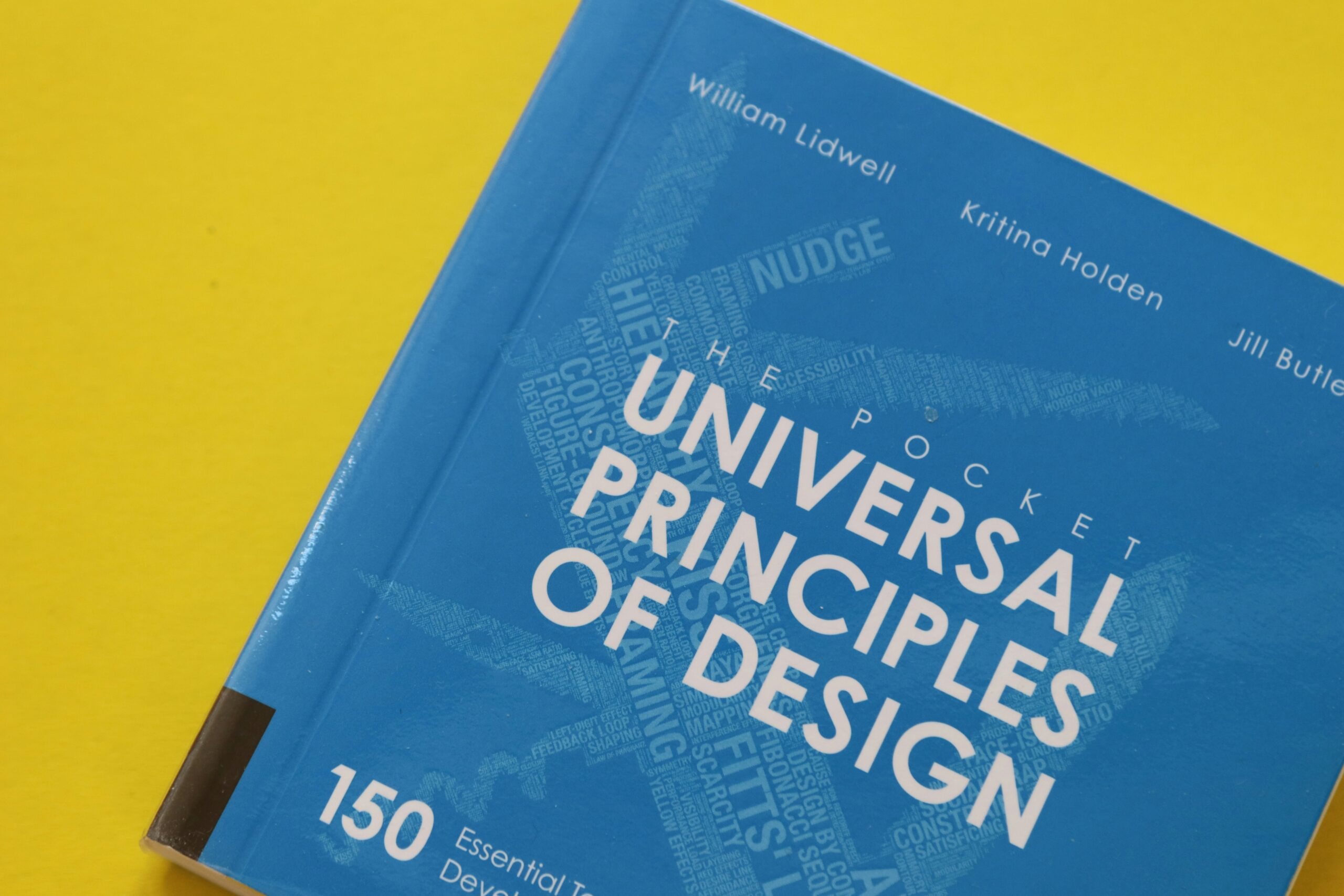Planning and Designing for Meaningful Learning
Backward Design and Understanding by Design (UbD)
Starting with the end goals in mind is especially valuable in the sciences. In microbiology, most lab courses begin with specific outcomes such as “students will be able to isolate and characterize a bacterial strain”. Knowing this at the start makes it clear why we need to learn each technique along the way—plating, staining, PCR, or microscopy. When my third-year molecular microbiology lab used this backward design approach, I found the learning much more meaningful because I could see how every step contributed to demonstrating the final outcome. Instead of treating each lab as a separate task, I understood the overall purpose and how my skills built toward that final demonstration.
Design Thinking
Design thinking is a model for solving problems centered on empathy, iteration, and prototyping. It focuses on creating solutions that meet actual learner or user needs.
- Prototyping / Problem Solving involves testing practical solutions that still generate meaningful results, even if simplified. Our final setup was less complex but still valid.
- Empathy means understanding others’ perspectives, challenges, and limitations. In my lab, this meant recognizing time and resource constraints when designing experiments.
- Iteration is the process of refining ideas through feedback and testing. For us, piloting an antibiotic resistance experiment and revising it based on our TA’s input improved the design.
| Aspect of Design Thinking | Connection to Microbiology Learning | Example from Lab Work |
|---|---|---|
| Empathy | Considering the needs of learners and the limits of lab resources | Realized the original antibiotic resistance experiment was too complex for the time and equipment available |
| Iteration | Revising and refining ideas based on testing and feedback | Piloted the experiment, gathered feedback from the TA, and adjusted the design |
| Problem Solving / Prototyping | Finding workable solutions that still achieve meaningful results | Simplified the experimental setup while still collecting valid and useful data |
Learning Outcomes and Bloom’s/ SOLO Taxonomies
I find Bloom’s taxonomy particularly useful for describing different levels of learning in microbiology. It is a hierarchical framework that classifies learning objectives by their complexity, moving from remembering to creating (Simplylearn, 2021). For example, the lowest level, remember, focuses on recalling facts—such as listing the steps of Gram staining. The next level, understand, might involve summarizing those steps in one’s own words to show comprehension. At the apply level, students could use their knowledge of Gram staining to predict how a new bacterial isolate might appear under the microscope. The analyze stage would require breaking down results to investigate whether Gram staining provides reliable evidence for bacterial classification. At the evaluate level, students might defend or critique the effectiveness of Gram staining compared with molecular methods. Finally, at the create stage, learners could design an improved protocol or project that builds on the traditional technique.
A weak outcome in microbiology might be: “Students will know the steps of Gram staining.” A stronger one, aligned with Bloom’s higher levels, would be: “Students will be able to evaluate the effectiveness of Gram staining in differentiating bacterial species.” This stronger outcome goes beyond memorization to analysis and application. SOLO taxonomy also resonates with lab-based science because it highlights depth. Moving from surface responses to integrated responses.
Better Learning Design: Surface vs. Deep Learning
Looking back, I can see how surface learning and deep learning played out differently in my microbiology studies.
- Surface Learning Example:
- In my introductory courses, I often memorized metabolic pathways without really understanding how they connected.
- This approach helped me pass tests, but I quickly forgot much of the material afterward.
- The design of those courses emphasized recall rather than application, which made it easy to stay at a surface level.
- Deep Learning Example:
- In my fourth-year labs, I was required to apply those same pathways when interpreting experimental data.
- For instance, understanding glycolysis wasn’t just about listing enzymes anymore—it became about explaining why a yeast strain failed to grow under certain conditions.
- These tasks pushed me into problem-solving and analysis, which deepened my understanding and made the knowledge stick.

The contrast shows how course design shapes the type of learning. When activities and assessments only test recall, surface learning tends to dominate. When the design emphasizes application, problem-solving, and explanation, students are guided toward deep learning that lasts beyond the exam.
Inquiry and Project-Based Learning
Inquiry and project-based learning are deeply connected to microbiology research. In upper-level labs, my group once designed an experiment to test how environmental stresses affect microbial growth. There was no single “right” answer. We had to plan methods, troubleshoot, and interpret messy results, much like real research.
Sánchez-García and Reyes-de-Cózar (2025) emphasize that strong PBL includes elements such as a driving question, authenticity, inquiry, and public products. However, their review also shows that reflection and student voice are often underused, which I noticed in my own projects. While our inquiry was authentic, structured opportunities for reflection were limited. Still, the experience reflects how PBL fosters not just scientific skills but also collaboration, problem-solving, and adaptability. Key competencies for addressing real-world challenges.
References
Sánchez-García, R., & Reyes-de-Cózar, S. (2025). Enhancing project-based learning: A framework for optimizing structural design and implementation—A systematic review with a sustainable focus. Sustainability, 17(11), 4978. https://doi.org/10.3390/su17114978
Simplylearn. (2021, August 31). Bloom’s taxonomy introduction [Video]. YouTube. https://www.youtube.com/watch?v=0NXTf0sHBxg
